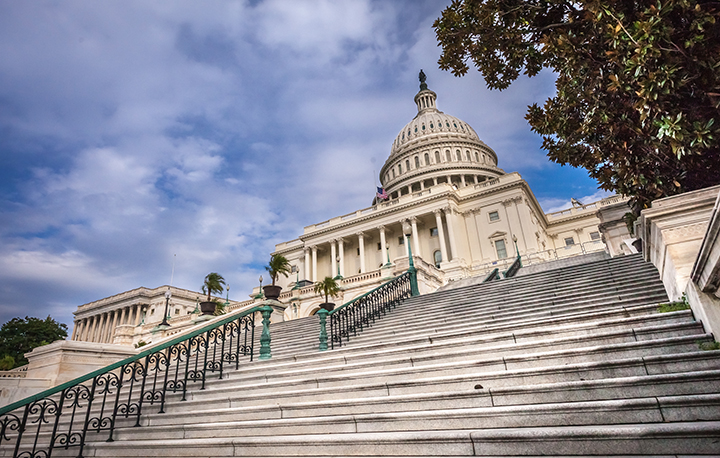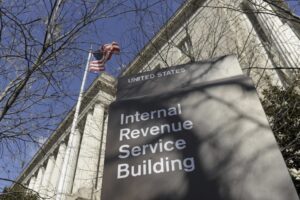WASHINGTON — The House Transportation, Housing and Urban Development and Related Agencies Appropriations Subcommittee passed its version of the U.S. budget for 2021 on July 8. The proposal calls for $881 million for the Federal Motor Carrier Safety Administration (FMCSA), an increase of $202 million over fiscal year 2020 levels. President Donald Trump had requested an increase of $23 million, far less than the committee proposal.
For the U.S. government, fiscal year 2021 starts Oct. 1, 2020. The process of approving a budget before the new fiscal year begins can be lengthy, and it is especially so this year due to COVID-19. The approval process begins when the president provides a proposed budget to Congress. The Congressional Budget Office (CBO) studies the proposal and forecasts the impact to the economy and the deficit.
Under Trump’s proposal, the U.S. deficit would be smaller every year for the next decade, the CBO calculated, shaving $2.1 billion from the total by 2030 — but that was before the COVID-19 pandemic and massive stimulus payouts. It was also before House Democrats approved their $1.5 trillion infrastructure bill, the Moving America Forward Act (MAFA).
MAFA calls for huge expenditures for road and bridge repair as well as for mass transit, housing, broadband, green energy initiatives and new bailouts for Amtrak and the U.S. Postal Service. It also calls for a 100% federal share of funding for many projects rather than the usual partnership, with state and local jurisdictions contributing a share of the cost.
The increased share of project funding is part of the reason for budgeting more money than the president asked for. The INVEST in America Act, the House infrastructure proposal that was subsequently folded in to MAFA, is mentioned repeatedly in the budget proposal.
The budget allocates $107.2 billion to the U.S. Department of Transportation (DOT), $21.1 billion more than the 2020 budget and $19.4 billion above the president’s proposed budget.
The proposed budget also calls for $1.3 billion for the National Highway Traffic Safety Administration (NHTSA), an increase of $268 million over Trump’s proposal. Another $62.9 billion would be earmarked for the Federal Highway Administration (FHWA), $14.7 billion more than the 2020 budget.
The budget also calls for $18.1 billion for the Federal Aviation Administration (FAA), $3 billion for the Federal Railroad Administration (FRA) and $18.9 billion for the Federal Transit Association (FTA). Additionally, $50.6 billion would go to the Department of Housing and Urban Development (HUD).
The budget now moves to the full House Appropriations Committee for “markup,” where amendments will be considered. Upon committee approval, the budget will move to the full House for a vote.
The Senate is planning a proposed budget of its own, which is expected to be far different from the budget proposed by the House. Once both the House and Senate have passed a budget, representatives and senators will meet to hammer out the differences before approving the final product.
Since the House is controlled by Democrats and the Senate by Republicans, finding common ground won’t be easy. The fact that 2020 is an election year will certainly result in political posturing and could motivate Congress to come to agreement — or not. Fortunately, current law calls for the budget that is already in effect to continue if a new one isn’t approved, and politicians who can’t agree on a permanent budget can often find common ground negotiating short-term resolutions.
The subcommittee press release announcing passage of the budget and a summary of its provisions can be found here.
Cliff Abbott is an experienced commercial vehicle driver and owner-operator who still holds a CDL in his home state of Alabama. In nearly 40 years in trucking, he’s been an instructor and trainer and has managed safety and recruiting operations for several carriers. Having never lost his love of the road, Cliff has written a book and hundreds of songs and has been writing for The Trucker for more than a decade.








